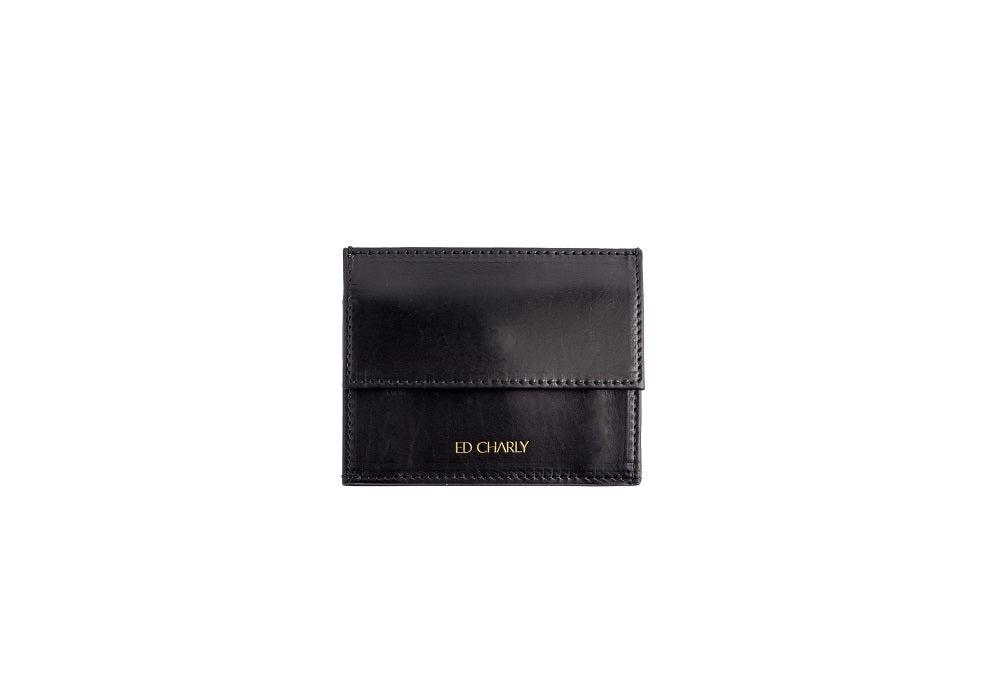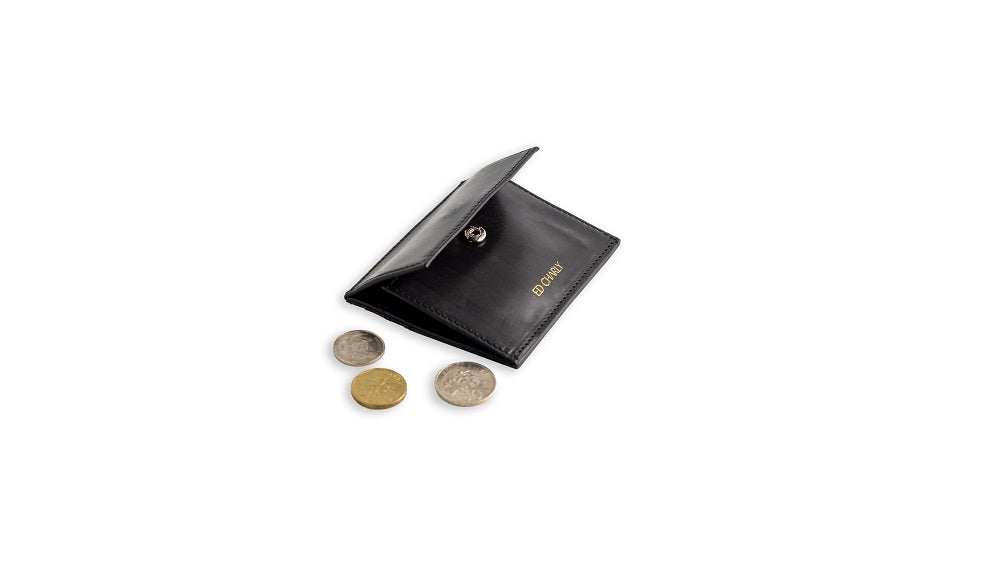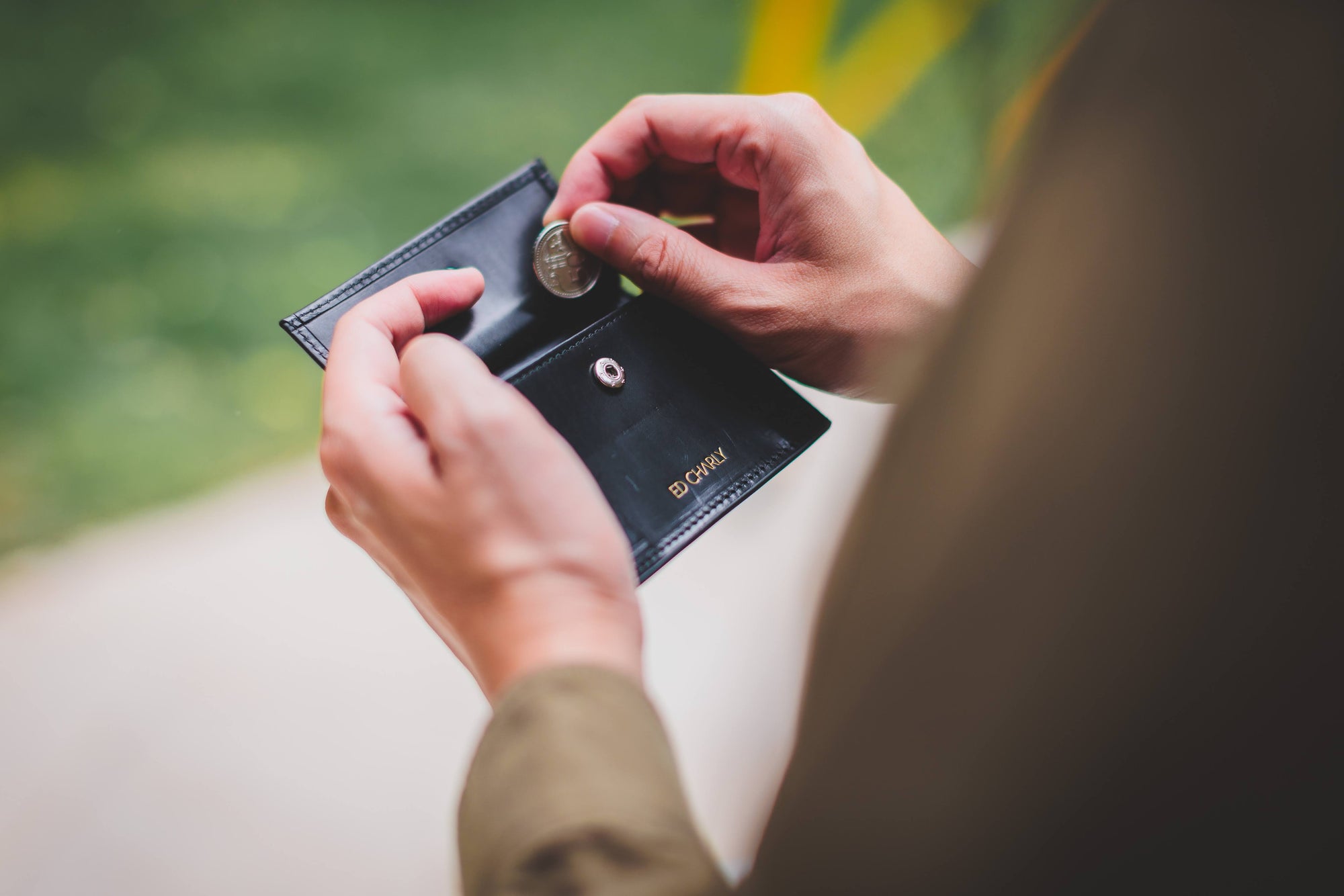How to Keep Your Leather Products Mould-Free in Singapore
Hey there, leather lovers!

If you live in Singapore, you know how our weather can be a real challenge, especially for your precious leather products.
High humidity, sudden rain and the ever-present risk of mould can turn your favourite leather wallet into a science experiment.
Trust us, we have been there.
Our Personal Experience: A Hard Lesson Learned
When we first started our business, we made a rookie mistake.
We stored our stock in a room, left it in its boxes for a month, and when we finally opened them, disaster struck.
Most of the wallets were covered in mould, and we had to throw away a big chunk of our inventory.
That’s when we realised: leather care is no joke in Singapore’s weather.
Since then, we have learned a lot about keeping leather products safe and mould-free.
Today, we are sharing our best tips so you don’t have to go through the same ordeal.

Why Does Leather Get Mouldy in Singapore?
Leather is a natural material, and like all organic things, it’s prone to mould in humid environments.
When moisture gets trapped (like in a closed box or a damp cupboard), it creates the perfect breeding ground for mould.
Add Singapore’s humidity to the mix, and you have a recipe for disaster.
How We Protect Our Leather Products
After our mouldy mishap, we made some big changes:
Separate Packaging During Shipping – We now ask our suppliers to ship wallets and packaging boxes separately.
This allows the leather to breathe properly during transit.
Desiccant Packets – Every product now comes with large desiccant packets to absorb moisture.
(Pro tip: Small ones just don’t cut it in our climate!)
Air-Conditioned Storage – We store our stock in a well-ventilated, air-conditioned warehouse to control humidity levels.
But don’t worry - you don’t need a warehouse to keep your leather goods safe.
Here’s how you can do it at home:

How to Keep Your Leather Products Mould-Free
1. Check Your Leather Regularly
Even if you are not using your leather wallet or bag often, give it a quick check every now and then.
Mould spreads fast, and catching it early can save your other leather products from getting ruined.
2. Clean Mould Immediately
If you spot mould, don’t panic! Here’s what to do:
Use a mould remover for leather (yes, it’s a thing!) and follow up with a leather conditioner to restore moisture.
Don’t have a mould remover?
Mix vinegar and water (1:1 ratio), gently wipe the affected area, and let it dry completely.
3. Store Your Leather Properly
Where and how you store your leather makes all the difference:
Avoid Direct Sunlight – Sunlight can dry out and crack your leather.
Use a Closed Cupboard – Store your leather goods in a closed cupboard or drawer to protect them from dust and humidity.
Aircon is Your Friend – If possible, keep your leather in a room where the aircon is turned on occasionally. This helps circulate air and reduce humidity.
4. Use a Dehumidifier or Desiccant Packets
Place a Hippo dehumidifier or large desiccant packets in your storage area.
These are great for sucking out excess moisture.
Pro tip: Replace the desiccant packets every 2-3 months to keep them effective.
5. Rotate Your Leather Products
If you have multiple leather items, rotate their use.
This gives each piece a chance to air out and prevents moisture from building up.
Bonus Tip: Invest in a Good Leather Conditioner
Regularly conditioning your leather not only keeps it soft and supple but also creates a protective barrier against moisture.
Think of it as skincare for your leather!

Final Thoughts
Leather is timeless and durable, but it does need a little TLC!
Especially in Singapore’s humid weather.
By following these simple steps, you can keep your leather wallets, bags, and accessories looking fresh for years to come.
We wrote this topic because we have been through the heartbreak of losing leather products to mould.
It was a tough lesson, but it taught us the importance of proper leather care.
We want to help you avoid the same mistakes and enjoy your leather goods for as long as possible.
So, whether you’re a leather newbie or a seasoned pro, we hope these tips make your life a little easier.
After all, leather is an investment, and it deserves to be treated with care.














